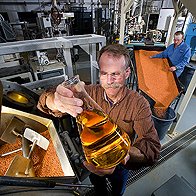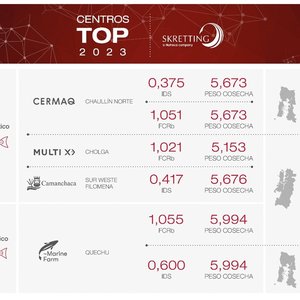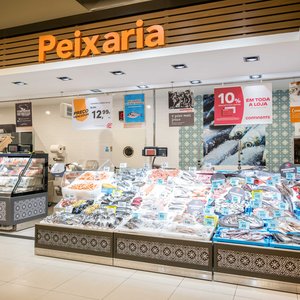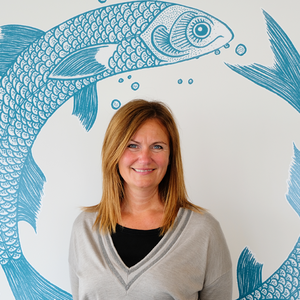Roe tailored for specific markets
Do you want to produce salmon with extra red fillet, which is sought-after on the Japanese market, or salmon with a particularly high resistance to disease in exposed areas?
Nofima Marin has studied the conditions under which it can be worthwhile for fish farmers to buy roe with selectively bred traits.
Utilising roe selectively bred for specific markets involves using a few parents with known pedigree in the specific traits the fish farmer desires for the fish. For instance, a cod farmer can buy roe tailored for resistance to the bacteria Francisella. Consequently, over time the cod farmer will mark reduced mortality as a result of the disease francisellosis. Nofima Marin has studied how large this effect is.
Senior Scientist Anna Sonesson and Research Fellow Vibeke Skagemo have calculated the profit using different parameters, including the financial importance of the various traits, heritability, hereditary correlation between the traits, whether the traits can be measured on the candidate and the selection intensity.
A fish farmer can earn significant amounts as a result of increased prices for the product or reduced costs if the prerequisites are present. Positive genetic correlation between the traits and higher weighting of traits with a high degree of heritability, particularly when measured on the candidate itself, provide the biggest earnings - and the fewer traits the better.
A prerequisite for the roe being able to be selected according to specific markers is that the traits that are selected are included as a breeding goal in the ordinary breeding programme. Normal traits in breeding goals are growth, resistance to various diseases, reduced early sexual maturity, improved slaughter quality and fewer deformities.
This project is part of a strategic institute programme financed by the Research Council of Norway's aquaculture programme. This is a collaborative project with the Norwegian University of Life Sciences and the Akvaforsk Genetics Centre.
Doing the sums: The calculations show a typical increase of about 1.5 BV (standard deviance for breeding value) by using tailored roe as opposed to non-tailored roe. If we assume that 1 BV per kilo fish is NOK 0.50, this will provide an additional income of NOK 0.75 (1.5 BV x NOK 0 .50) per kilo of fish. For a fish farming company producing 1500 tonnes of fish per annum, this represents an additional income of NOK 1.1 million.








